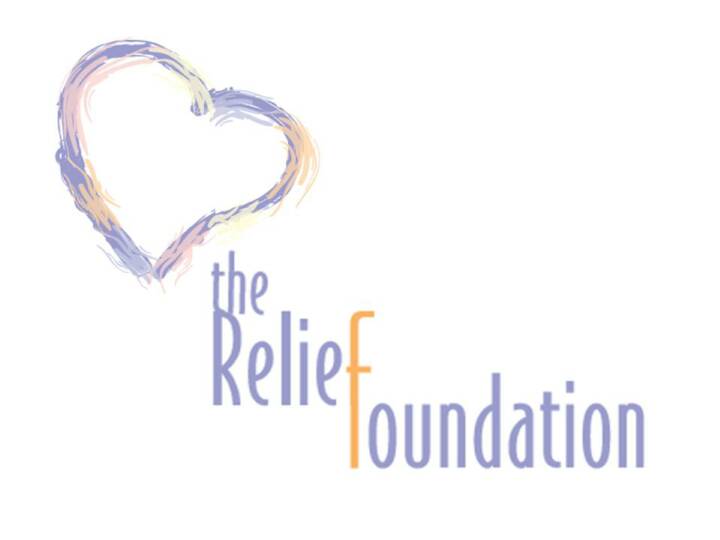volunteer
Supporting those affected by Scleroderma
About Scleroderma
Scleroderma (skleer-oh-DUR-muh) comes from two Greek words: “sclero” meaning hard, and “derma” meaning skin. Scleroderma is a chronic autoimmune disorder which means the body's tissues are attacked by its own immune system. In the simplest of terms, Scleroderma is an overproduction of collagen that can result in thickening or tightening of skin and scarring of internal organs.
Scleroderma is rare and it is estimated by several sources that about 300,000 Americans suffer from this debilitating disease. Although it’s more common in women between the ages of 25 and 55, the disease also occurs in men and children. The cause of Scleroderma is unknown and it affects people of all races and ethnic groups.
Symptoms may include:
- Hardening/thickening of the skin, blood vessels and organ tissues
- Swelling or pain in fingers or toes
- Joint pain and stiffness
- Fatigue
- Raynaud’s Phenomenon (Cold sensitivity of fingers and/or toes) with red, white, and blue discoloration)
- Abnormal weight loss
- Gastrointestinal problems
- Shortness of breath
- Dry mouth / eyes
- Ulcers/sores on fingers
What Are the Different Types of Scleroderma?
The group of diseases we call scleroderma falls into two main classes: localized scleroderma and systemic sclerosis. (Localized diseases affect only certain parts of the body; systemic diseases can affect the whole body.)
Localized Scleroderma: Localized types of scleroderma are those limited to the skin and related tissues and, in some cases, the muscle below. Internal organs are not affected by localized scleroderma, and localized scleroderma can never progress to the systemic form of the disease. Often, localized conditions improve or go away on their own over time, but the skin changes and damage that occur when the disease is active can be permanent. For some people, localized scleroderma is serious and disabling.
There are two generally recognized types of localized scleroderma:
- Morphea: Morphea (mor-FEE-ah) comes from a Greek word that means “form” or “structure.” The word refers to local patches of scleroderma. The first signs of the disease are reddish patches of skin that thicken into firm, oval-shaped areas. The center of each patch becomes ivory colored with violet borders. These patches sweat very little and have little hair growth. Patches appear most often on the chest, stomach, and back. Sometimes they appear on the face, arms, and legs. Morphea can be either localized or generalized. Localized morphea limits itself to one or several patches, ranging in size from a half-inch to 12 inches in diameter. The condition sometimes appears on areas treated by radiation therapy. Some people have both morphea and linear scleroderma (described below). The disease is referred to as generalized morphea when the skin patches become very hard and dark and spread over larger areas of the body. Regardless of the type, morphea generally fades out in 3 to 5 years; however, people are often left with darkened skin patches and, in rare cases, muscle weakness.
- Linear scleroderma: As suggested by its name, the disease is characterized by a single line or band of thickened or abnormally colored skin. Usually, the line runs down an arm or leg, but in some people it runs down the forehead. People sometimes use the French term en coup de sabre, or “sword stroke,” to describe this highly visible line.
Systemic Scleroderma (also known as Systemic Sclerosis): This is the term for the form of the disease that not only includes the skin, but also involves the tissues beneath, the blood vessels, and the major organs. Systemic sclerosis is typically broken down into limited cutaneous scleroderma and diffuse cutaneous scleroderma. Some doctors break systemic sclerosis down into a third subset called systemic sclerosis sine (SEEN-ay, Latin for “without”) scleroderma. This means that patients have other manifestations of scleroderma but they do not have any overt skin thickening.
- Limited cutaneous scleroderma: Limited cutaneous scleroderma typically comes on gradually and affects the skin only in certain areas: the fingers, hands, face, lower arms, and legs. Most people with limited disease have Raynaud’s phenomenon for years before skin thickening starts. Telangiectasia and calcinosis often follow (see definitions below). Gastrointestinal involvement occurs commonly, and some patients have severe lung problems, even though the skin thickening remains limited. People with limited disease often have all or some of the symptoms that some doctors call CREST, which stands for the following:
- Diffuse cutaneous scleroderma: This condition typically comes on suddenly. Skin thickening begins in the hands and spreads quickly and over much of the body, affecting the hands, face, upper arms, upper legs, chest, and stomach in a symmetrical fashion (for example, if one arm or one side of the trunk is affected, the other is also affected). Some people may have more area of their skin affected than others. Internally, this condition can damage key organs such as the intestines, lungs, heart, and kidneys. People with diffuse disease often are tired, lose appetite and weight, and have joint swelling or pain. Skin changes can cause the skin to swell, appear shiny, and feel tight and itchy. The damage of diffuse scleroderma typically occurs over a few years. After the first 3 to 5 years, people with diffuse disease often enter a stable phase lasting for varying lengths of time. During this phase, symptoms subside: joint pain eases, fatigue lessens, and appetite returns. Progressive skin thickening and organ damage decrease. People with diffuse scleroderma face the most serious long-term outlook if they develop severe kidney, lung, digestive, or heart problems. Fortunately, less than one-third of patients with diffuse disease develop these severe problems. Early diagnosis and continual and careful monitoring are important.
- Calcinosis (KAL-sin-OH-sis): The formation of calcium deposits in the connective tissues, which can be detected by x ray. These deposits are typically found on the fingers, hands, face, and trunk and on the skin above elbows and knees. When the deposits break through the skin, painful ulcers can result.
- Raynaud’s (ray-NOHZ) phenomenon: A condition in which the small blood vessels of the hands or feet contract in response to cold or anxiety. As the vessels contract, the hands or feet turn white and cold, then blue. As blood flow returns, they become red. Fingertip tissues may suffer damage, leading to ulcers, scars, or gangrene.
- Esophageal (eh-SOFF-uh-GEE-ul) dysfunction: Impaired function of the esophagus (the tube connecting the throat and the stomach) that occurs when smooth muscles in the esophagus lose normal movement. In the upper and lower esophagus, the result can be swallowing difficulties. In the lower esophagus, the result can be chronic heartburn or inflammation.
- Sclerodactyly (SKLER-oh-DAK-till-ee): Thick and tight skin on the fingers, resulting from deposits of excess collagen within skin layers. The condition makes it harder to bend or straighten the fingers. The skin may also appear shiny and darkened, with hair loss.
- Telangiectasia (tel-AN-jee-ek-TAY-zee-uh): A condition caused by the swelling of tiny blood vessels, in which small red spots appear on the hands and face. Although not painful, these red spots can create cosmetic problems.
National Institute of Arthritis and Musculoskeletal and Skin Disease



